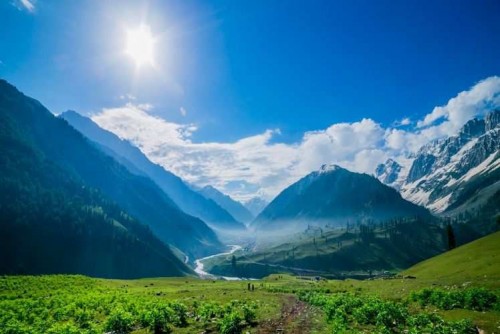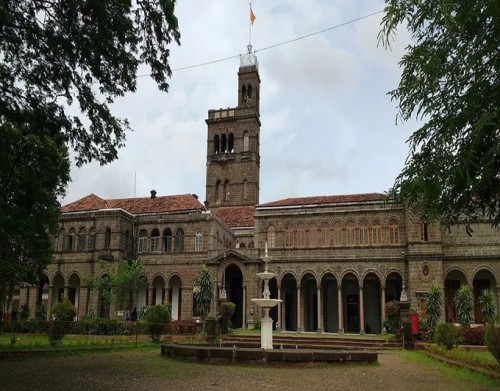Curiosities about religion in india
Veronica di pilla
.jpg)
India is a country in South Asia, home to the second largest number of people after China. It is a religiously plural and multi-ethnic democracy, the largest in the world. Religion has historically influenced Indian society on a political, cultural and economic level and that is why its constitution establishes freedom of conscience and the right to profess, practice and propagate religion. In addition, it has protections for minorities against discrimination on the basis of religion or caste.
The majority of Indians, 80%, identify as Hindu, 15% as Muslim and 2% as Christian. Another 2% of the population identifies as Sikh, 1% as Buddhist and 0.5% as Jain. Due to the huge size of India's population, religious minorities still represent a significant number of people.
The massive population of India includes not only the vast majority of the world's Hindus, but also the second largest group of Muslims within a single country, behind Indonesia alone.
.png)
Daily life
Hinduism continues to thrive in India today. Religion affects daily life and social interactions between people through the many Hindu-inspired festivals, artistic works, and temples. There is also an ongoing revival of the classic "epic" narratives of the Ramayana (Rama's Journey) and the Mahabharata (The Great Epic of the Bharata Dynasty).
It is common to find images of gods and goddesses in public and private spaces at all times of the year. The elephant-headed god, known as Ganesh, is particularly popular due to his alleged ability to remove obstacles.
Some more information about ...
Hinduism

As regards the social structure, an influential component of Hinduism affecting India is the large-scale caste system, known as the "varna" system. The varna caste system represented the Hindu ideal of how society should be structured: this form of organization classified society into four ideal categories: Brahmin (priestly caste), Kshatriya (warrior caste, royalty or nobility), Vaishya (caste of commoners or merchants) and shudra (caste of craftsmen or workers). It is a hereditary system in which people are believed to be born into a family of a specific caste.
The Islam

Islam is the second most followed religion in India, influencing the society, culture, architecture, and art of the country. The Islamic community in India continues to play a considerable role in the development of the country. For example, the Muslim community has contributed to theological research and the establishment of religious facilities, institutes and universities.
Sikhism

Originally from India, Sikhism is a monotheistic religion that promotes devotion to a formless God. The religion centers on a principle of service, humility, and equality, and encourages its followers to try to help those less fortunate or in need.
Buddhism

The central doctrine of Buddhism, known as the "Four Noble Truths", teaches that one can free oneself from the suffering that sustains the cycle of death and rebirth by practicing the "Noble Eightfold Path."
Jainism

In India today, lay Jains often uphold the ethical principle of "ahimsa" ("non-violence"). As such, Jains tend to promote vegetarianism and animal welfare. Another common practice in the Jain lay community is the samayika, a meditative ritual intended to strengthen spiritual discipline.
The Christianity

Christianity is the third most followed religion in India, concentrated mainly in the extreme south and in Mumbai. The most prominent denomination of Christianity in India is Roman Catholicism, but there are also localized Christian churches.





 EN
EN